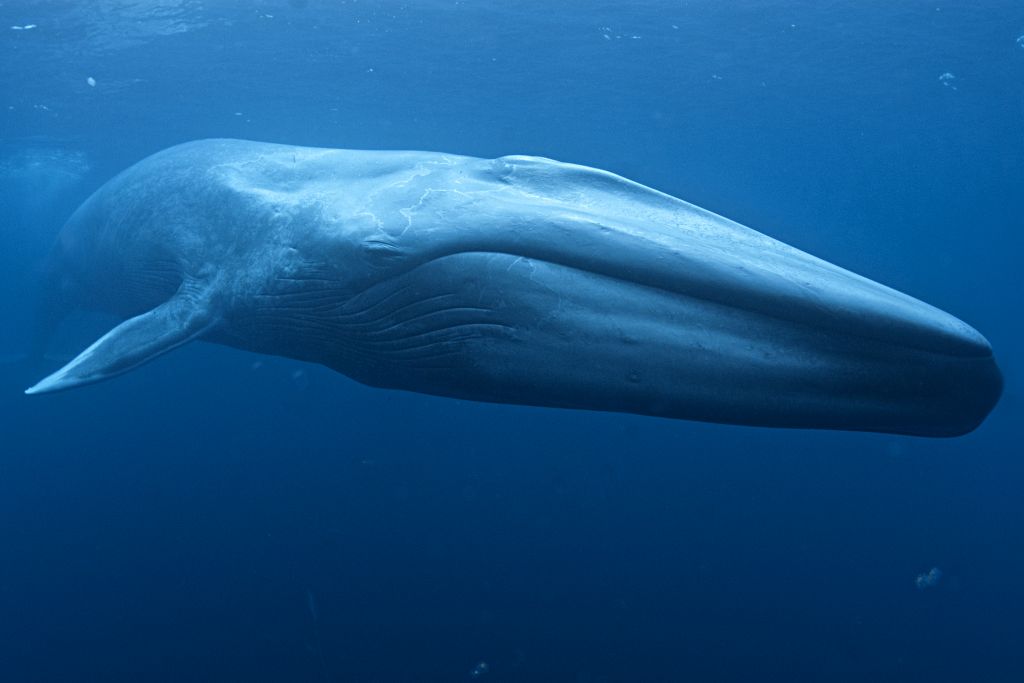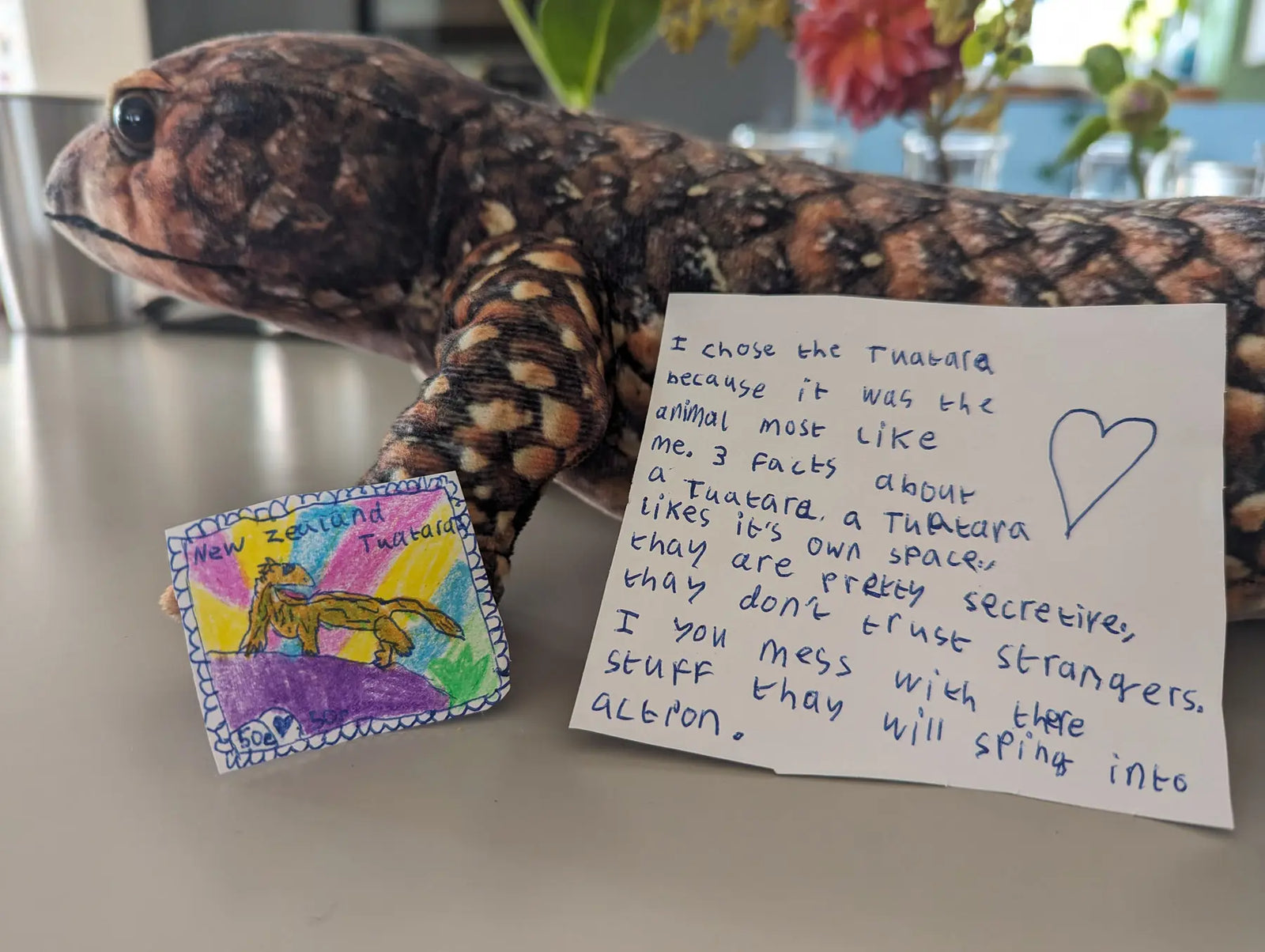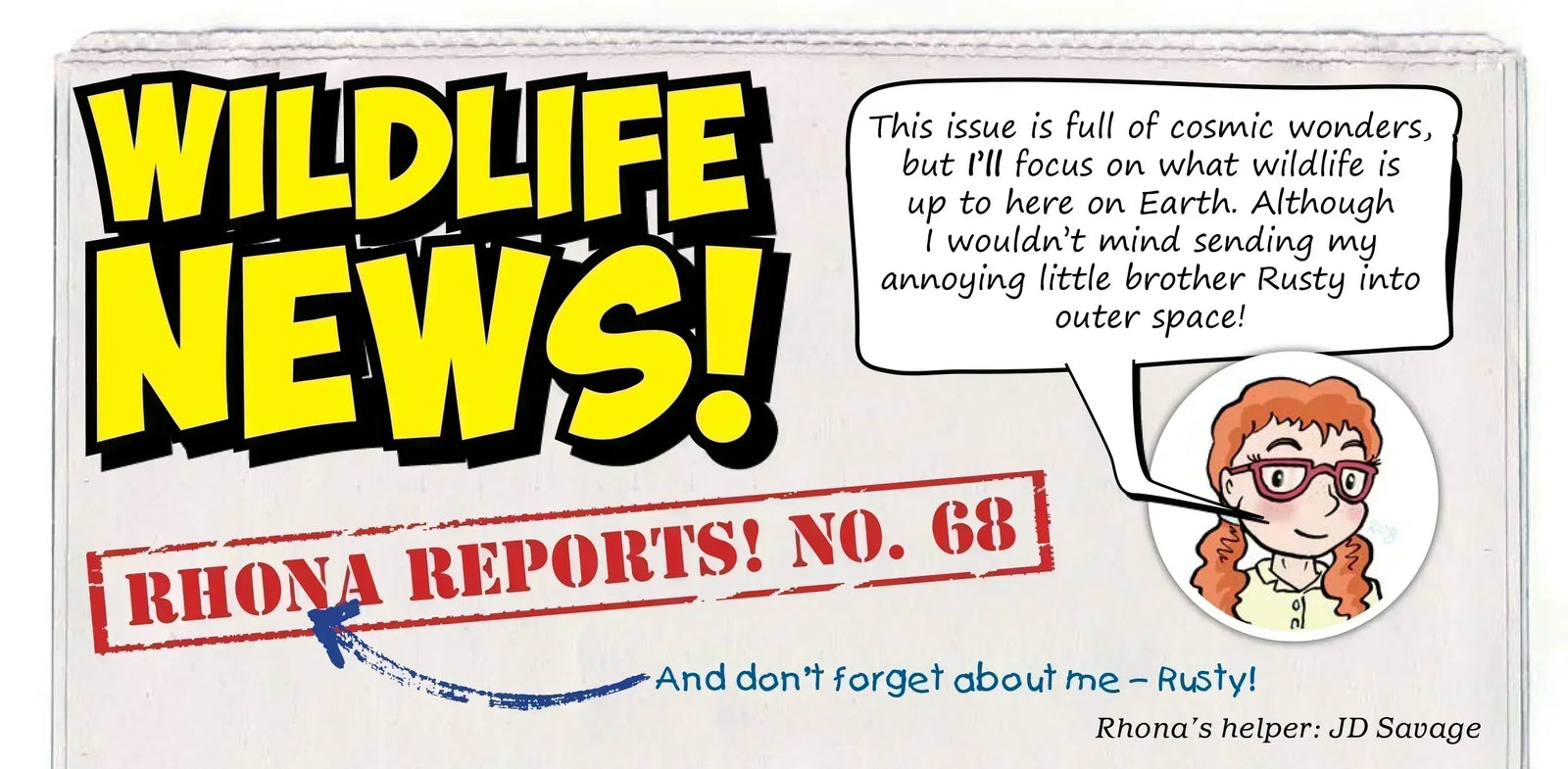Your Cart is Empty
Today celebrates the giants of the ocean! Raising awareness of these majestic creatures, World Whale Day inspires people to learn, fundraise and visit these beauties. With 78 species of whale in the world, there’s so much to learn about them.
Here are five awesome things we thought you need to know on World Whale Day!
Whales were all thought to share the same sleep pattern of dolphins – sleeping using only half of their brain, allowing them to stay alert for danger. However, in 2013, a group of scientists followed and fitted sperm whales with tags and discovered some fascinating behaviour. The whole pod was found completely vertical to the surface of the water, with their heads bobbing at the surface, off the coast of Chile. They were sleeping! Scientists have also revealed that sperm whales will only sleep between 6:00 PM and midnight. Very precise! We wonder if they have a secret alarm clock somewhere? You can watch their vertical sleeping behaviour in the video below.
 A dead bowhead whale studied by scientists in 2007 caused a lot of excitement. Something peculiar was embedded within its back – a part of a harpoon that dated back to 1879! That suggested that the whale had survived an attack that happened 100 years earlier! Scientists predict that bowheads usually live between 60-90 years, however amino acids in the whale’s eyes suggested that it was 211 years old! To live that long AND survive a whaling attack, well, that’s just awesome! Their enormous bow-shaped mouth, the largest mouth of any animal, contains a baleen measuring three metres. Whoa!
A dead bowhead whale studied by scientists in 2007 caused a lot of excitement. Something peculiar was embedded within its back – a part of a harpoon that dated back to 1879! That suggested that the whale had survived an attack that happened 100 years earlier! Scientists predict that bowheads usually live between 60-90 years, however amino acids in the whale’s eyes suggested that it was 211 years old! To live that long AND survive a whaling attack, well, that’s just awesome! Their enormous bow-shaped mouth, the largest mouth of any animal, contains a baleen measuring three metres. Whoa!
Image: Kate Stafford/Wikimedia Commons
3) The fin whale only eats out of the right-side of its mouth

Image: Wikimedia Commons
The second-largest whale in the world, the fin whale, has a very specific way of hunting and feeding! Getting up to fast speeds, they lunge-feed into krill and fish – especially herring and capelin. Working as a team, they synchronise their attacks, taking in huge volumes of water. When they close their mouth, they force out the water, leaving the fish trapped on their baleen (thick hairs in the throat). During lunge feeding, whales can actually absorb as much as their own body weight in water!
Oddly, the fin whale only swims and feeds on its right-side. As a result, the left part of its mouth is black, and the right is white. This asymmetry in mammals is very rare!
4) A narwhal’s horn is actually a tooth
The animal which stirred up excitement and belief over unicorns. In 1577, English explorer Martin Frobisher led an expedition of 150 men to the northern reaches of Canada, in search of gold. They discovered something Frobisher could never have anticipated: a unicorn fish! When Frobisher returned to England, he presented the horn to Queen Elizabeth, who commanded that it be kept with the crown jewels. Believing it was a unicorn horn, Elizabeth was said to have paid £10,000 pounds for the horn – the price of a castle.
The narwhal’s impressive horn is actually a single growing tooth! Can you believe it? Growing through the upper lip, it spirals clockwise as it grows. The older the whale, the longer it grows! The narwhal has been spotted using its tusk as a sword-like weapon in battles, especially among males. Although it’s rare, some males can grow two tusks. Typically, females don’t grow them at all. This tooth actually isn’t used for feeding. Instead, fish, molluscs and crustaceans are sucked into the mouth by the narwhal’s powerful lips and tongue. The video above shows how these majestic animals use their tusks.
5) Zombie worms wouldn’t exist without whales Whales have the biggest bones on the planet. Somehow, when they die, their nutrients need reabsorbing and breaking down. Osedax mucofloris,known as the zombie worm, does just this. Its name literally translates to ‘bone-eating snot flower’. When they find a whale’s bone at the bottom of the sea bed, they dig into it and develop a root system while covering itself in mucus (which looks like snot!). It doesn’t have teeth though. To eat, it produces a potent acid which breaks down the whale’s bone, allowing it to feast on the protein and collagen the bone releases. The weirdness doesn’t stop there. The zombie worm has no digestive system nor a bottom! So it's an absolute mystery what happens to the whale’s bone matter once it’s been absorbed. Freaky!
Whales have the biggest bones on the planet. Somehow, when they die, their nutrients need reabsorbing and breaking down. Osedax mucofloris,known as the zombie worm, does just this. Its name literally translates to ‘bone-eating snot flower’. When they find a whale’s bone at the bottom of the sea bed, they dig into it and develop a root system while covering itself in mucus (which looks like snot!). It doesn’t have teeth though. To eat, it produces a potent acid which breaks down the whale’s bone, allowing it to feast on the protein and collagen the bone releases. The weirdness doesn’t stop there. The zombie worm has no digestive system nor a bottom! So it's an absolute mystery what happens to the whale’s bone matter once it’s been absorbed. Freaky!
Comments will be approved before showing up.
What an incredible fleet of rockets you launched into our inbox this month! Each design showed a different way to turn everyday scraps into something extraordinary. Some rockets looked ready for deep-space exploration, others carried alien crews, and a few were so beautifully decorated they could ha...
Meet the winners of our New Zealand postage stamp competition and explore a gallery of brilliant children’s designs celebrating Aotearoa’s unique wildlife.
Here’s a sneak peek straight from our latest issue of Eco Kids Planet, Wonders Beyond Earth. Wildlife News is where Rhona and Rusty round up the wildest real-world stories from across the planet. Enjoy the read! 🌎 Amazing Photo Entries! The Wildlife Photographer of the Year team gave me a sneak...



